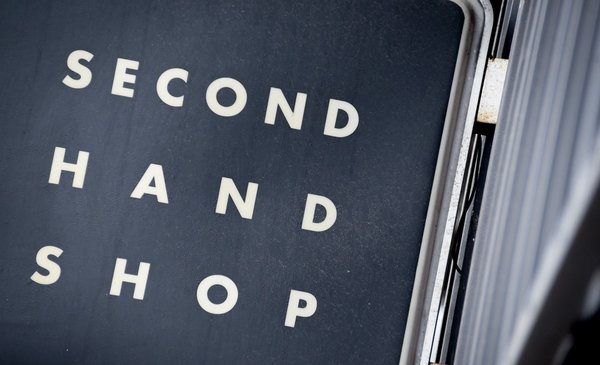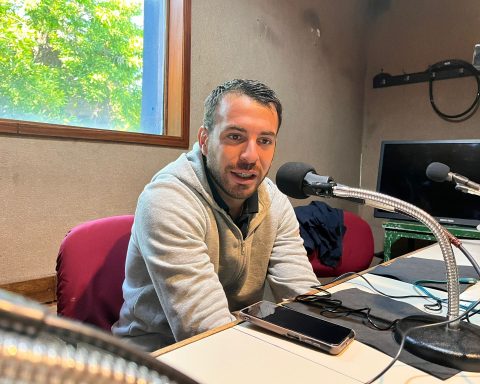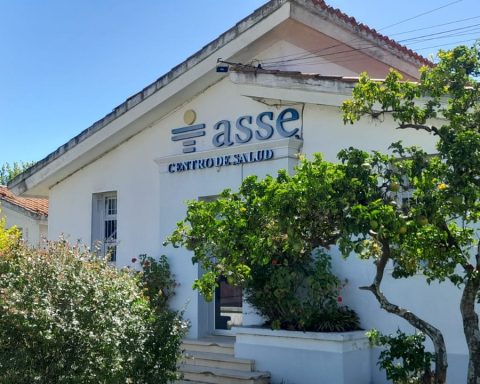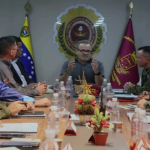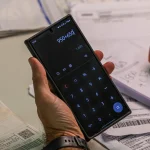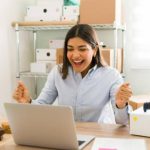The clothing stores second hand (second-hand, in Spanish) have become a fashion revelation in Uruguayand they have more and more followers: both those who use it to sell their clothes, and those who bet on —among other qualities—, a sustainable purchase.
But, How much money does that person earn who decides to sell their clothes through this type of store? To answer this question, Coffee & Business spoke with three leaders in the sector.
According to the founder of Retroka, Karina Blanco, the profit that can be obtained covers “a large spectrum because it depends on the quantity of garments that the person wants to sell, and also on their quality“In any case, he pointed out that the average profit for the suppliers of this store is between $1,000 and $2,000 per monthalthough there are some people whoogran collect $20,000 or even more in the same period of time.
Regarding profits, Blanco explained that in this store the payment policy for vendors is divided into two categories: those garments whose sale value in Retroka is greater than $2,000, corresponds to the original owner of the garment to take 50% of the saleand when the sale value is less than $2,000, the percentage for the owner drops to 40% of the sale.
“In Retroka you sell the clothes we select”said the founder. In interview with Coffee & Business explained that between 70% and 80% of the garments that are accepted in the store are sold in the first month of exhibition, so the seller can receive money for his clothes in a month.
In addition, he indicated that, in the event that the sale is not achieved in the first month, the garment goes through two instances; first of all, yeahIt is left during the season, which corresponds to approximately three monthsAnd in second place, At the end of the season, there is a cheap fair in which the garments are liquidated by up to 50%.
Once this process is finished, the percentage of returns from the store to the supplier is 1%. “We have a lot of sales power because of the points where we are, and because of what we move the garments,” said Blanco.
In the same vein as the founder of Retroka declared the creator of Era Mío, María José Pérez Moratorio, who said that in this second-hand store the amount of money that a supplier can earn varies according to the clothes that each one wears: from $2,000 to $30,000.
“Most of the things that come to Era Mío are sold”said Pérez Moratorio.
Regarding the percentage of the sale that corresponds to the suppliers, he said that it is 42% to the supplier, and 48% to the store.
For his part, the chief executive officer of the second-hand online store Vopero, Alejandro Esperanza, said that by trading on his platform, Sellers earn 40% of the sale price on items under $1,000, and as the price goes up the percentage goes up.
In addition, he explained that on the Vopero platform, The seller has a digital wallet in which he receives all the money that corresponds to him for the sale of his garments: “That money can be transferred to your bank account, or you can donate it to different foundations,” said Esperanza, who offers this option for those who prefer to send that money to charitable causes.
“People have to get used to the fact that the clothes they don’t wear and that take up space in the closet can be turned into money, since that money can be turned into impact”said the chief executive officer of Vopero.
The sale prices in the second hand
In Retroka the garments are categorized in low prices, medium prices and high prices, according to the brand.
As the founder of the store said, there is quite a difference in prices between each of the categories: “A cheap t-shirt you can find for between $200 and $250, a half is about $390, and an expensive one is about $1,000.”
Asked about the number of garments in each category, she explained that, as there is a lot of circulation of clothing in stores, the amount of clothes from cheap and average brands is usually more.
At Era Mío the sale price is between 50% and 80% less than the original price of each item, and in Vopero it is similar. This is how Esperanza explained it: “Brand garments trendy We suggest that the price be 70% less than the original retail value. In the luxury or semi-luxury sector, we recommend selling the garments with a 50% discount on the original price”.
Anyway, On Vopero, people can edit prices for 90 days. Afterwards, the garments go into “sales”, which, according to Esperanza, “It is a price adjustment period so that, if a buyer was not found in the market in 90 days, with the price reduction a buyer can be found quickly”.
After six months, if the seller wants, he can remove the garments, but he can also leave them at Vopero. They can be on the platform for another year, but After a year and a half of the garments being on the platform, if they were not sold, they are donated.
The clothes that enter the second hand
Retroka takes year-round clothing throughout the year, because Blanco understands that “when a person cleans his closet, he makes the decision to remove that garment from above and, if it is not in season, save it to wear it later… That does not happen.” Nevertheless, clothes of the season in which it is being prioritized.
Regarding the conditions of the garments they accept, Blanco said that they are asked to be freshly washed because “The garment, as it enters, is going to be sold.” In addition, he stressed that In Retroka, pilling or clothing is not removed, so the garments must be healthy.
In Era Mío, according to Pérez Moratorio, a selection is made at the time the vendors bring the garments. “They have to be in impeccable condition, and be from quite current seasons, things that are used now, we don’t work much on the vintage concept,” he said.
In Vopero they look for “inspire a new generation of consumers to choose second hand” Therefore, the way they work is what they understand to be the best way to lower the barriers to entry into the second-hand universe.
Those who sell through the platform must register in the application. They are sent a bag to the house in which 25 garments enter. That bag has a unique QR code, which —after having put all the clothes you want to sell inside—, the person must scan for someone from the Vopero team to pick them up at their home.
The Vopero team receives the bag, inspects the garments and, those that pass the quality control are published on the platform. Those that do not pass quality control can return to the seller’s house, or the seller can choose to donate them to different foundations.
